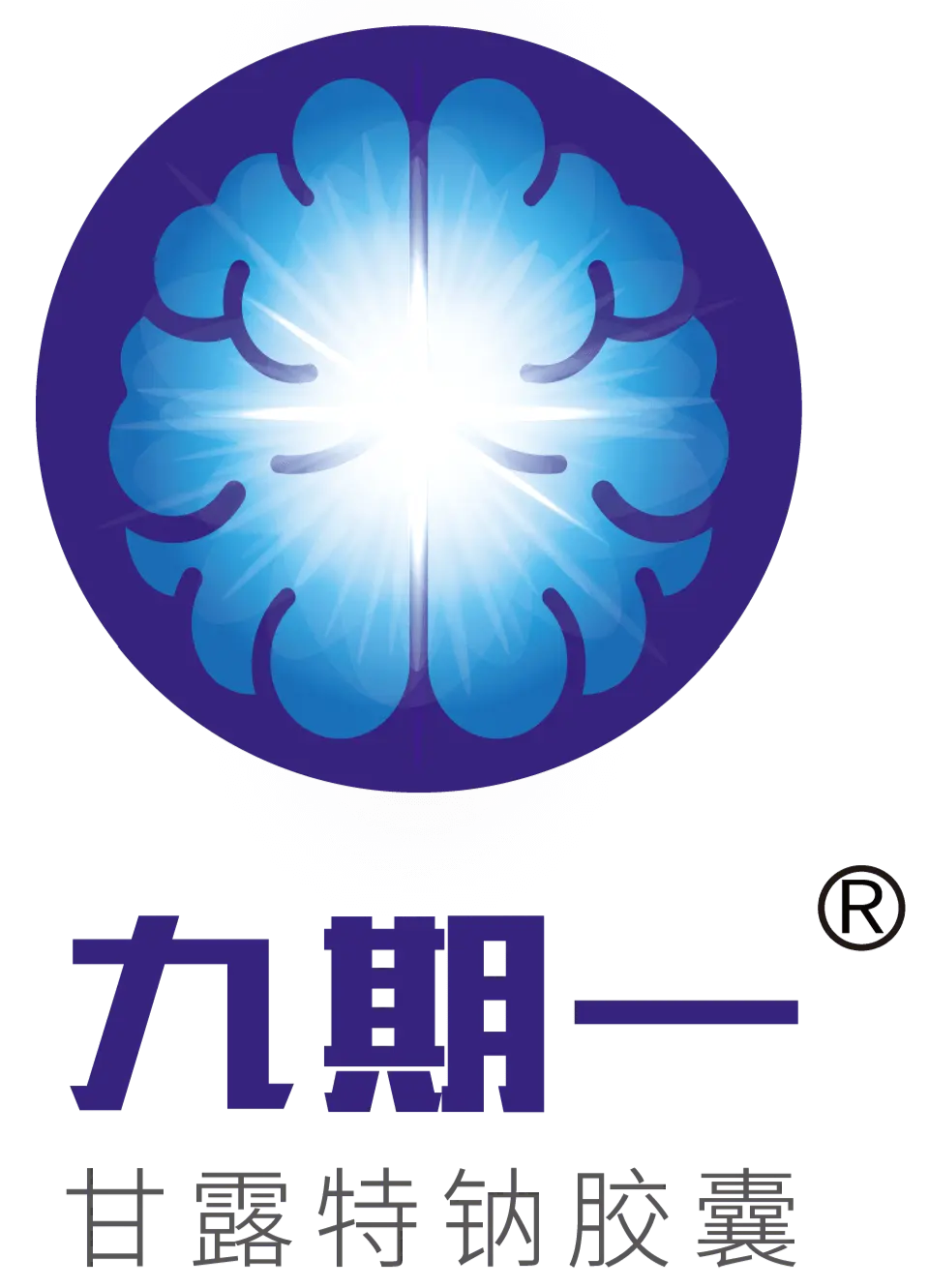Sodium Oligomannate Combined with Levetiracetam in Treatment of Alzheimer’s Disease Associated with Epilepsy: A Case Report
In December 2021, Chinese Journal of New Drugs and Clinical Remedies published a single-case study by Sun Wenhao's team from Tianjin Medical University General Hospital, introducing a clinical case of Alzheimer’s disease (AD) associated with epilepsy that was treated with sodium oligomannate, China’s novel drug for treating AD, in combination with levetiracetam.
The clinical manifestations of AD associated with epilepsy are not typical, which makes early detection and diagnosis difficult. AD patients are 2 to 6 times more likely to develop epileptic seizures than normal people, and the incidence of subclinical epilepsy that is not easily detected may be even higher.
The pharmacological treatment of AD associated with epilepsy requires comprehensive consideration of various factors. Currently, drugs commonly used for treating AD in clinical practice, such as donepezil and memantine, lowers seizure threshold.
For patients of AD associated with epilepsy, options of cognitive-enhancing drugs are extremely limited. The article reports a case of sodium oligomannate combined with levetiracetam in treatment of AD associated with epilepsy, to provide a reference for the rational drug use in the clinical treatment of AD associated with epilepsy.
CASE REPORT
The patient was clearly diagnosed with AD, and showed symptoms of epilepsy during the treatment with memantine. Together with EEG results, the patient was considered to have AD associated with epilepsy, so the drug for cognitive enhancement was modified to donepezil, used in combination with levetiracetam, an antiepileptic drug.
But during the treatment, the patient developed adverse reactions of intolerance to donepezil, so the treatment plan was once again modified to replace donepezil with sodium oligomannate. After 7 months of treatment, the patient's cognitive function and activities of daily living were significantly improved, with no recurrence of epilepsy and no obvious adverse reactions. This suggests that sodium oligomannate combined with levetiracetam is safe and effective in the treatment of AD associated with epilepsy.
DISCUSSIO
Memantine may cause epileptic seizures during the treatment of AD, so the drug should be used with caution in patients with a family history of epilepsy. Since the patient developed symptoms of epilepsy during the treatment with memantine, the treatment plan was modified to donepezil, considering that memantine is related to lowered seizure threshold.
However, donepezil involves many adverse reactions, such as nausea, diarrhea, insomnia, and vomiting. After treatment with donepezil, the patient developed dizziness and nausea, meaning the drug could not be tolerated. The occurrence of epilepsy in AD patients is related to Aβ deposition and tau phosphorylation – since clinical trials have revealed that sodium oligomannate can inhibit the infiltration of inflammatory cells into the brain, the deposition of Aβ and the phosphorylation of tau by reconstituting gut microbiota dysbiosis, donepezil was replaced with sodium oligomannate in the treatment plan.
After 7 months of treatment, the patient's cognitive function was significantly improved, and there was no recurrence of epilepsy, dizziness and other discomfort. When first admitted to the hospital, the patient had some difficulties in washing clothes, doing shopping, and handling financial matters, needed help in taking medicine, and was unable to take the bus, indicating obvious behavioral dysfunction with an ADL (Activities of Daily Living) score of 28. But after 7 months of treatment, the patient's ADL score of 22 was back in the normal range, suggesting that sodium oligomannate can not only improve patients’ cognitive function, but also have good potential for application in improving their activities of daily living.
Link:http://qikan.cqvip.com/Qikan/Article/Detail?id=7106386820








